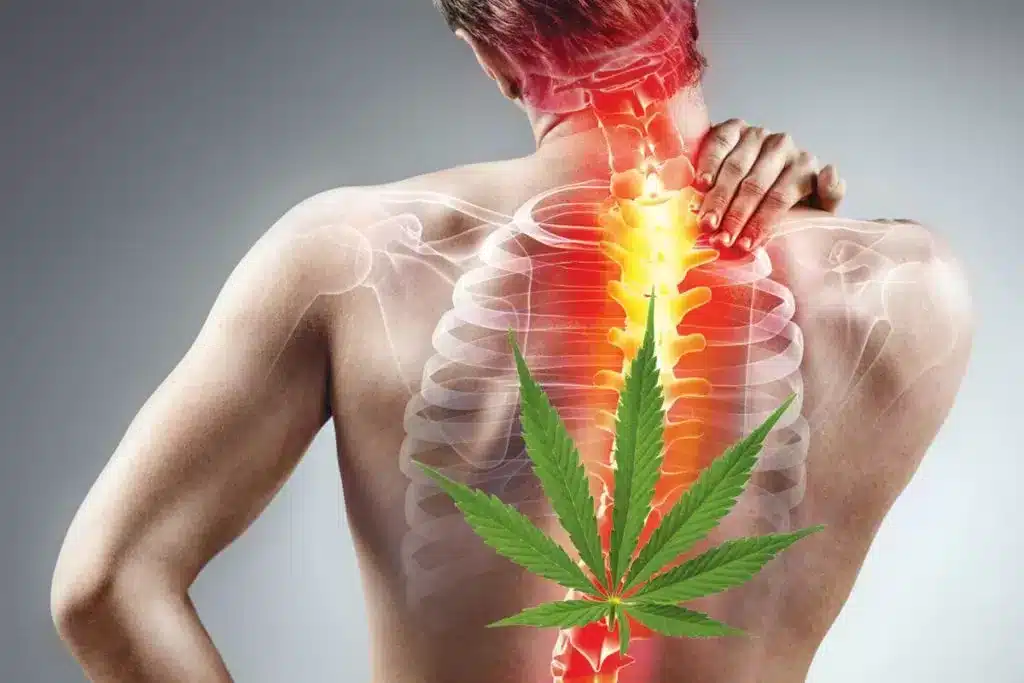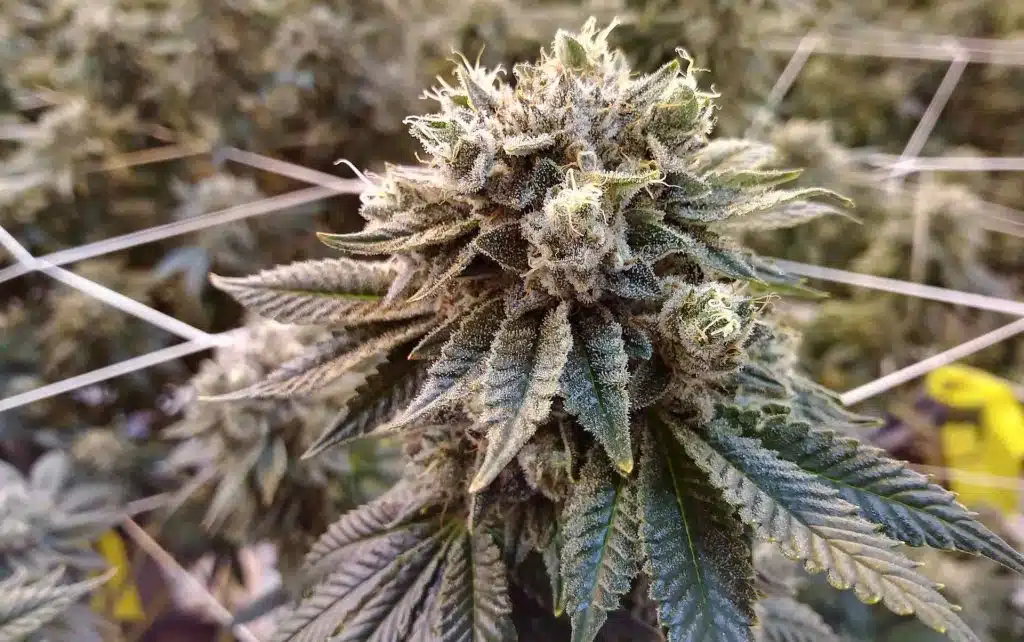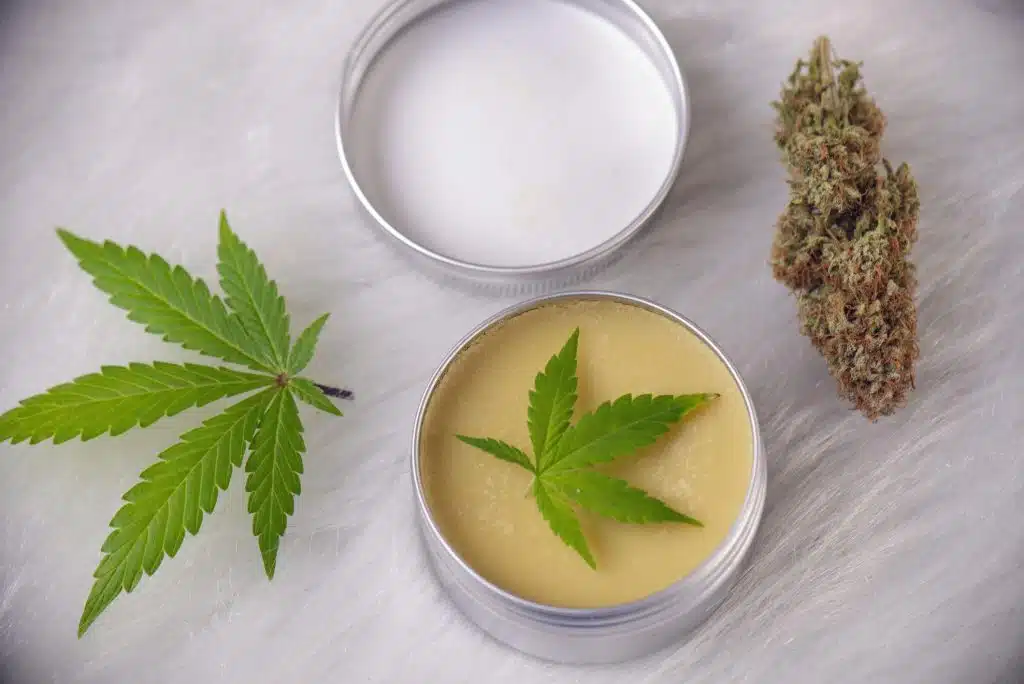Impact Of Cannabis On Muscle Soreness
As someone who exercises regularly, you know all too well the feeling of muscle soreness that can follow a particularly intense workout. It can be a sign of a good workout, but it can also be downright uncomfortable. Many people turn to over-the-counter pain relievers or even prescription medications to manage their muscle pain, but there may be a natural alternative that you haven’t considered: cannabis.
In this article, we’ll explore the potential impact of cannabis on muscle soreness and how it might be able to help relieve post-workout pain. We’ll cover everything from the science behind cannabis and pain relief to the different strains and consumption methods that may be most effective. So, let’s dive in!
The Science Behind Cannabis and Pain Relief
Before we get into the specifics of cannabis and muscle soreness, it’s important to understand how cannabis works in the body and its potential for pain relief. Cannabis contains two primary compounds: tetrahydrocannabinol (THC) and cannabidiol (CBD).
THC is the compound that is responsible for the psychoactive effects of cannabis, or the “high” that many people associate with marijuana use. It’s also known for its pain-relieving properties. THC works by binding to cannabinoid receptors in the brain and nervous system, which can help to reduce pain and inflammation.
CBD, on the other hand, does not have psychoactive effects and is not known for producing a “high.” However, it also has potential pain-relieving properties. CBD works by interacting with the body’s endocannabinoid system, which regulates pain, mood, appetite, and other functions.
Using Cannabis for Muscle Soreness: What You Need to Know
Now that we’ve covered the basics of how cannabis works in the body, let’s talk about how it might be able to help relieve muscle soreness. Here are some things to keep in mind if you’re considering using cannabis for post-workout pain relief:
1. Start with a low dose
If you’re new to using cannabis or haven’t used it for pain relief before, it’s important to start with a low dose. This will help you to avoid any unwanted side effects, such as dizziness or nausea, and allow you to gauge how your body responds to the cannabis.
2. Choose the right strain
Not all cannabis strains are created equal when it comes to pain relief. Some strains are more effective than others for managing pain and inflammation. Look for strains that are high in THC or CBD, such as Sour Diesel or Harlequin, as these are known for their pain-relieving properties.
3. Consider different consumption methods
There are many different ways to consume cannabis, from smoking to edibles to tinctures. Each method has its own benefits and drawbacks, so it’s important to choose the one that works best for you. Smoking or vaping may provide faster relief, while edibles or tinctures may offer longer-lasting effects.
4. Be aware of potential side effects
While cannabis can be an effective pain reliever, it’s important to be aware of potential side effects. These can include dizziness, dry mouth, and increased heart rate. If you experience any unwanted side effects, stop using cannabis and speak to your doctor.
5. Use in conjunction with other recovery techniques
While cannabis can be helpful for managing muscle soreness, it’s important to use it in conjunction with other recovery techniques, such as stretching, foam rolling, and rest. Cannabis should not be used as a substitute for these other techniques.
Different Consumption Methods for Cannabis
As we mentioned earlier, there are many different ways to consume cannabis. Here are some of the most common consumption methods and how they may be helpful for relieving muscle soreness:
Smoking or Vaping
Smoking or vaping cannabis can provide fast relief from muscle soreness. When you inhale cannabis smoke or vapor, the compounds in the cannabis quickly enter your bloodstream and start working to reduce pain and inflammation. However, smoking or vaping can also be harsh on your lungs, so it may not be the best option for everyone.
Edibles
Edibles are a popular choice for those who prefer not to smoke or vape. Edibles are foods or drinks that are infused with cannabis, such as gummies or brownies. They take longer to take effect than smoking or vaping, but the effects can last for several hours. Edibles can be a good option if you’re looking for longer-lasting pain relief.
Tinctures
Tinctures are liquid extracts of cannabis that are taken orally. They are usually administered under the tongue and absorbed into the bloodstream through the mucous membranes in the mouth. Tinctures can provide fast relief and are easy to dose, but they can also be more expensive than other consumption methods.
Topicals
Topical cannabis products, such as creams or balms, can be applied directly to the skin to relieve muscle soreness. They work by penetrating the skin and targeting the muscles and joints directly. Topicals are a good option if you want to avoid the psychoactive effects of cannabis or if you have sensitive lungs.
Best Strains for Muscle Soreness
As we mentioned earlier, not all cannabis strains are created equal when it comes to pain relief. Here are some of the best strains for managing muscle soreness:
Sour Diesel
Sour Diesel is a sativa-dominant strain that is known for its energizing and uplifting effects. It’s also high in THC, which makes it an effective pain reliever. Sour Diesel can help to reduce inflammation and promote relaxation, which can be helpful for relieving muscle soreness.
Harlequin
Harlequin is a hybrid strain that is high in CBD, which makes it a good option for those who want to avoid the psychoactive effects of THC. CBD is known for its pain-relieving properties and can help to reduce inflammation and promote relaxation. Harlequin is also energizing, so it can be a good option if you want to relieve muscle soreness without feeling tired.
Blue Dream
Blue Dream is a hybrid strain that is known for its calming and relaxing effects. It’s also high in THC, which makes it an effective pain reliever. Blue Dream can help to reduce inflammation and promote relaxation, which can be helpful for relieving muscle soreness.
ACDC
ACDC is a hybrid strain that is high in CBD and low in THC, which makes it a good option for those who want to avoid the psychoactive effects of cannabis. ACDC is known for its pain-relieving properties and can help to reduce inflammation and promote relaxation. It’s also energizing, so it can be a good option if you want to relieve muscle soreness without feeling tired.
Conclusion
In conclusion, cannabis may be an effective natural alternative for managing muscle soreness after exercise. By choosing the right strain and consumption method, you may be able to reduce inflammation and promote relaxation, which can help to alleviate post-workout pain. However, it’s important to use cannabis in conjunction with other recovery techniques, such as stretching and rest, and to be aware of potential side effects. As always, speak to your doctor before using cannabis for pain relief.
If you’re interested in trying cannabis for muscle soreness, West Coast Releaf Online Dispensary offers a wide selection of high-quality cannabis products, including concentrates, edibles, vapes, tinctures, buds, shatter, hash, wax, live resin, moon rocks, and more. They offer fast and discreet delivery throughout Canada, and their knowledgeable staff can help you choose the right products for your needs.
Overall, cannabis can be a useful tool for managing muscle soreness, but it’s important to use it responsibly and in conjunction with other recovery techniques. Whether you choose to smoke, vape, use edibles, tinctures, or topicals, make sure to choose high-quality products from a reputable source like West Coast Releaf Online Dispensary. With the right approach, cannabis can be a valuable addition to your post-workout routine. If you are interested in buying weed online and THC products, check out West Coast Releaf online weed dispensary and shop for your weed online and cannabis products at westcoastreleaf.co!













